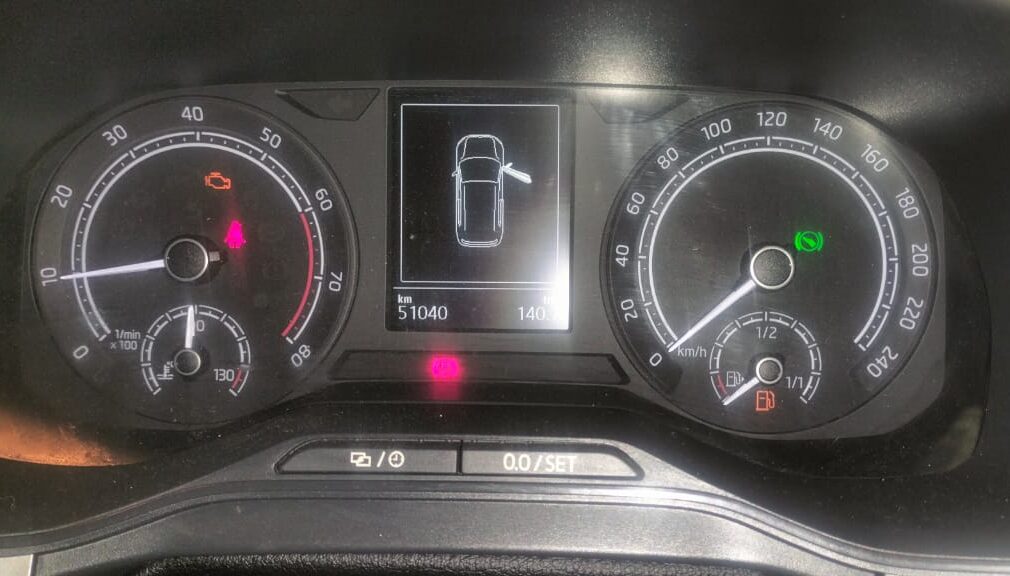Is your car check engine light on with P014100 code? Our guide explains the faulty O2 sensor heater circuit (Bank 1), its symptoms like poor fuel economy, causes from fuses to wiring, and repair costs. Diagnose and fix it safely.
A sudden illumination of the check engine light can send a wave of dread through any driver. When the diagnostic code retrieved is P014100, it specifically points to a problem within the oxygen (O2) sensor heater circuit for Bank 1. While it may sound complex, understanding this code is the first step to a cost-effective repair. This article will break down what the P014100 code means, its symptoms, common causes, and how to address it.
What Does the P014100 Code Mean?
The P014100 code is a generic powertrain code, meaning it standard across all OBD-II equipped vehicles (1996 and newer). Let’s decode its meaning:
P0: Indicates a generic powertrain code.
141: Specifically identifies a malfunction in the heater circuit of the oxygen sensor.
00: A subclassification that often specifies a general circuit malfunction.
Bank 1: Refers to the side of the engine that contains cylinder #1. On most inline engines, there is only one bank (Bank 1). On V-shaped engines, you must determine which side is Bank 1.
Sensor 2: This denotes the downstream oxygen sensor, located after the catalytic converter.
In simple terms, P014100 means the Engine Control Module (ECM) has detected an irregularity in the electrical heater circuit of the downstream oxygen sensor on your engine’s Bank 1. This heater is crucial for the sensor to function correctly, especially when the engine is cold.
Common Symptoms of a P0141 Fault
You might experience one or more of these symptoms alongside the illuminated check engine light:
Illuminated Check Engine Light (MIL): This is the most common and often the only initial symptom.
Poor Fuel Economy: A faulty downstream sensor can’t properly monitor the catalytic converter’s efficiency, often leading to richer fuel mixtures and wasted gas.
Slightly Rough Idle: The ECM may default to conservative fuel maps, which can cause a rough or uneven idle, particularly on a cold start.
Failed Emissions Test: Without a properly functioning downstream O2 sensor, your vehicle will almost certainly fail an emissions inspection.
Potential Performance Issues: In some vehicles, the ECM may enter a “limp mode,” reducing engine power to prevent damage.
Top Causes of the P014100 Code
1. A Faulty Oxygen Sensor: The most common cause. The internal heating element within the sensor itself burns out or fails over time.
2. Blown Fuse: The heater circuit is protected by a fuse in the engine bay fuse box. A blown fuse will instantly disable the heater.
3. Damaged Wiring or Connectors: The wires leading to the O2 sensor are exposed to extreme heat, road debris, and vibration. They can become frayed, melted, or corroded. The electrical connector can also become loose or dirty.
4. Open or Shorted Heater Circuit: A break (open) or a short to ground/power in the wiring harness for the heater circuit will prevent current from flowing correctly.
5. Rare: Faulty ECM: In very rare instances, the problem could be a malfunction within the engine computer itself, though this is always a last-resort diagnosis.
How to Diagnose and Fix the P014100 Code
1. Check the Fuse: Locate the fuse for the oxygen sensor heater or engine management system in the power distribution center (fuse box). Consult your owner’s manual for its location. Replace it if blown. If it blows again, you have a short circuit in the wiring.
2. Visual Inspection: Carefully inspect the wiring harness connected to the Bank 1, Sensor 2 O2 sensor. Look for obvious damage, melting, or signs of chafing. Check that the connector is securely plugged in and free of corrosion.
3. Test the Heater Element (Multimeter Required): Disconnect the sensor and use a digital multimeter to measure the resistance across the heater terminals (refer to a vehicle-specific repair manual for pinout and resistance values). An infinite (OL) or zero reading indicates a bad sensor.
4. Test for Power and Ground: With the connector disconnected and the ignition key turned to “ON,” check for 12 volts at the heater power wire. Also, verify a good ground connection. If power and ground are present but the sensor heater resistance is bad, the sensor is definitively faulty.
5. Replacement: If the sensor is confirmed bad, replacement is the solution. Use an OEM or high-quality aftermarket sensor. After replacement, clear the code with an OBD-II scanner and verify it does not return after a drive cycle.
Don’t Ignore This Code
While a car might seem to run fine with a P014100 code, ignoring it leads to reduced fuel efficiency, potential damage to the catalytic converter (a very expensive part), and a guaranteed emissions test failure. Starting with simple checks like the fuse and wiring can save you money. For most DIYers, testing with a multimeter is straightforward, but if you’re unsure, seeking a professional mechanic is always a wise choice to ensure an accurate diagnosis and lasting repair. Addressing the P014100 code promptly will restore your vehicle’s efficiency and keep it running cleanly.
Disclaimer: Always prioritize safety. Ensure the engine and exhaust components are completely cool before attempting any work.
also read:
